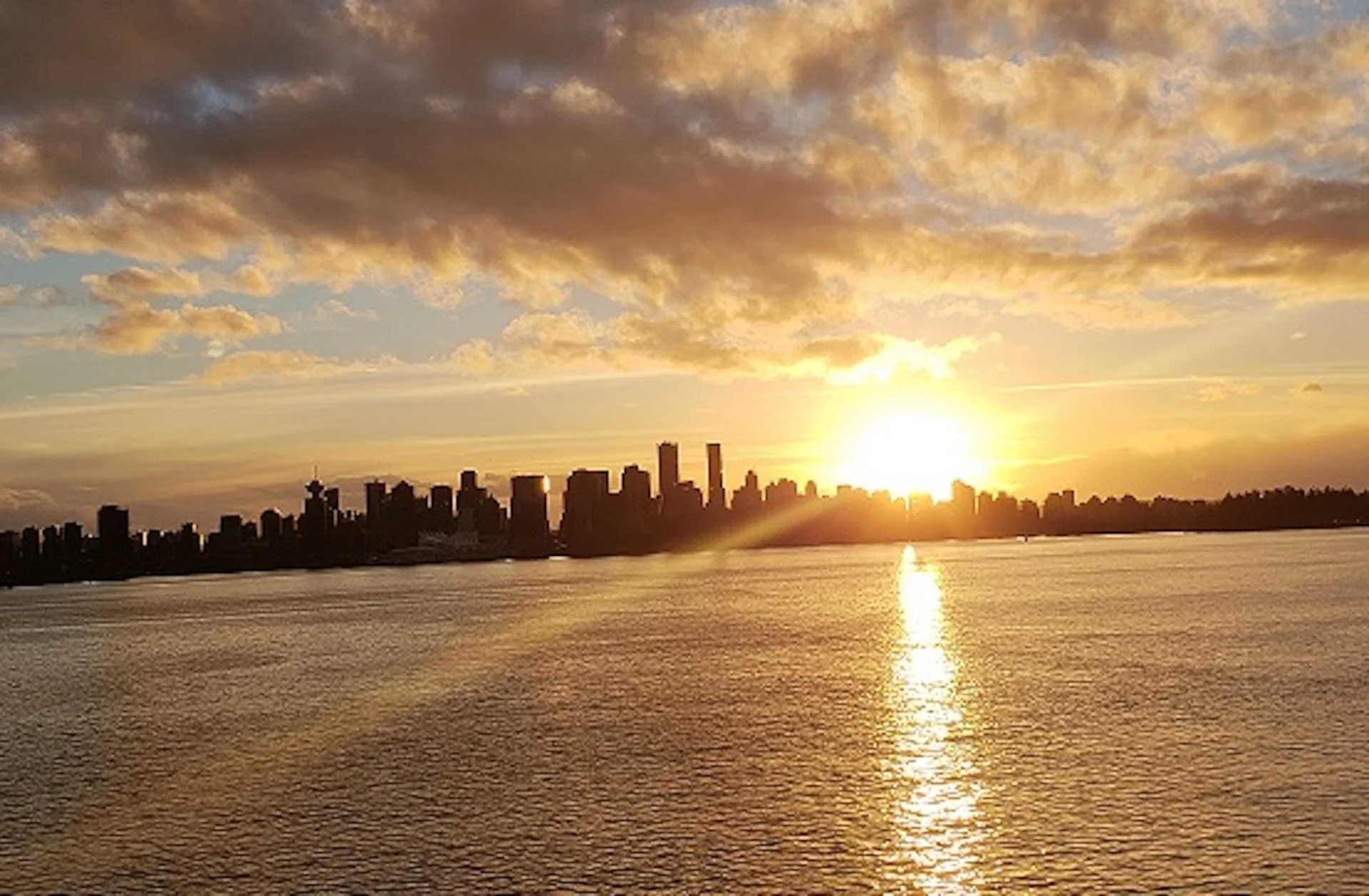
Solar winter is here, and for some people, that can be depressing
Buckle up: Solar winter is here, and that means shorter days until February.
Earlier this month, the National Weather Service in Mount Holly tweeted about the start of solar winter, i.e., the quarter of the year with the shortest days.
It can be a depressing time for some people due to the lack of sunlight.
"The start of the summer solstice on June 21st is the longest day of the year because the Earth is tilted the closest it can to the sun, resulting in ample daylight," says Weather Network meteorologist Rachel Modestino.
"Since then, our days have become shorter. This is because, gradually, the Earth begins tilting further and further away. In contrast, the winter solstice on December 21st marks the shortest day of the year, where the Earth is tilted the furthest it can away from the sun, offering limited daylight, especially to northern communities in Canada."
Solar winter will last until early February, and it is different from winter's astronomical and meteorological definitions.
"Astronomical seasons are based on the position of Earth about the sun, while meteorological seasons are based on annual temperature cycles," Modestino says.
"We generally think the summer is the warmest, winter the coldest, and spring and fall are transition seasons. This is what meteorological seasons encompass."
The interval between sunrise and sunset will continue diminishing until the winter solstice on December 21st. The shortest day and longest night of the year occurs when the Northern Hemisphere is tilted farthest from the sun.
The winter solstice is the midpoint of solar winter. After that, daylight hours gradually increase until the summer solstice. The end of solar winter aligns with Groundhog Day, which right in between the winter solstice and spring equinox.
Solar winter and your mood
Solar winter can have an impact on people's moods and well-being, with the reduction in daylight commonly associated with a condition known as Seasonal Affective Disorder (SAD). SAD is a form of depression most common in the fall and winter, and About 5 percent of the U.S. adult population is estimated to experience it, according to the American Psychiatric Association.
Tips for combatting SAD
Here are five suggestions that may help alleviate symptoms of SAD:
Light therapy (phototherapy)
Use a light therapy box that emits light, mimicking natural sunlight.
Spend time in well-lit environments, especially in the morning.
Aim for 20-30 minutes of exposure to the light box each day, preferably early in the morning.
Regular exercise
Engage in regular physical activity. Exercise can boost mood and reduce depressive symptoms.
Try to include outdoor activities when possible to get exposure to natural light.
Prioritize health
Aim for eating a balanced diet with lots of vitamins and minerals.
Maintain a consistent sleep schedule.
Remember that excessive consumption of alcohol and caffeine can contribute to mood swings.
Connect
Spend time with friends and family.
If you're struggling, confide in someone you trust. Consider seeking professional help if needed.
Engaging in activities that promote social interaction provide motivation to leave the house and can help provide something to get excited about.
If you suspect you have SAD or are experiencing symptoms of depression, reach out to a mental health professional, and consult a health practitioner before making any changes to your lifestyle or diet.
VIDEO: Is this the saddest day of the year?
Header image: Submitted to The Weather Network by Dawn Dreher






